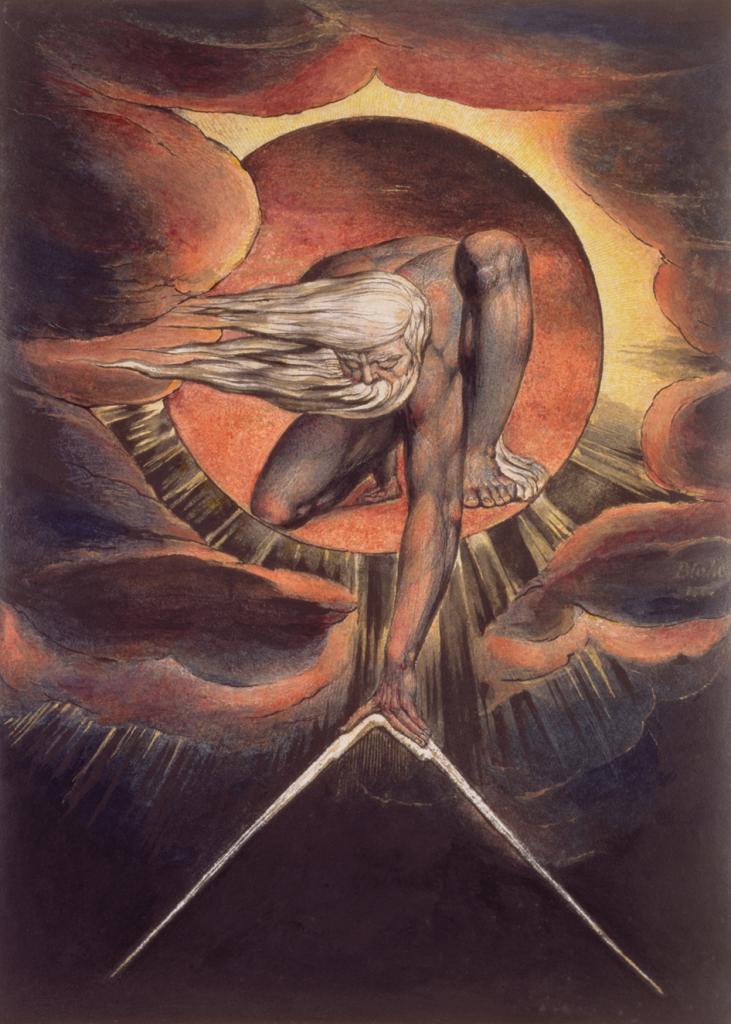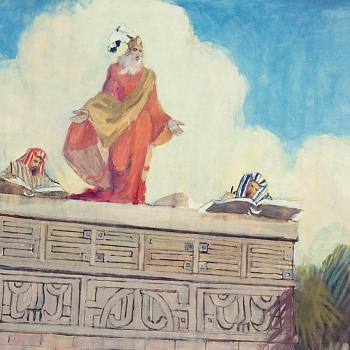
“Science & Mormonism Series 1: Cosmos, Earth, and Man: Frequently Asked Questions about Science and Genesis”
Part of our book chapter reprint series, this article by Jeffrey M. Bradshaw originally appeared in Science & Mormonism Series 1: Cosmos, Earth, and Man (2016).
Abstract: This chapter answers thirty-five questions on topics where science and scholarship meet the scriptures, such as the authorship of Genesis, the Creation, evolution of humankind, the Garden of Eden, the fruits of the Tree of Knowledge and the Tree of Life, the Flood, the “division” of the earth in the days of Peleg, and the Tower of Babel.
***
Here’s a very interesting subject on which I’ve intended to write something for years. I’ve even gathered up materials to use for my discussion. But my gifted and prolific friend Dr. Mark Skousen — among other things, the impresario of the remarkable annual FreedomFest in Las Vegas — beat me to it:
“The Restored Gospel and the Birth of the Modern Age”
Is this pure coincidence? Is there significance to it? I’m inclined to believe that the Restoration was intended to affect more than merely our theology and our religious lives. In fact, I think that the administration of a truly worldwide church would have been extremely difficult — nay, almost impossible — before the advent of modern transportation and communications technology, among other things.
Even if the early apostles hadn’t been on the road constantly and forever under threat of persecution and worse, even if they had presided over the far-flung congregations of the early Church from some stable headquarters, they would have faced enormous challenges. Say, for instance, that a crisis (one of false doctrine, perhaps, or of immorality in the branch or in its leadership) arose in ancient Lugdunum (modern Lyon, France). Even if a messenger were dispatched almost instantly, it might be weeks or even months before news of the crisis reached the leaders of the Church at their hypothetical headquarters offices in Capernaum. By the time news of the situation came to them, the situation might have changed dramatically back home. Then they would need to deliberate on the matter and send their response, which would take additional weeks or months to reach Lugdunum, where the crisis might have disappeared or, alternatively, morphed into something completely different, perhaps into a wildfire extending far beyond the branch of the Church in which it first flared up.
By the time of the Restoration, though, telegrams and steamships and locomotives were well on their way. And today, should a situation in a far-off area of the Church occur that heeds attention from headquarters, the leadership in Salt Lake City can be apprised of it almost instantly, via telephone or email. And, if need be, a senior Church leader can be almost anywhere in the world within, at most, a day or two.
No wonder scientific and technological and economic light began to be poured out upon the world around 1820.












